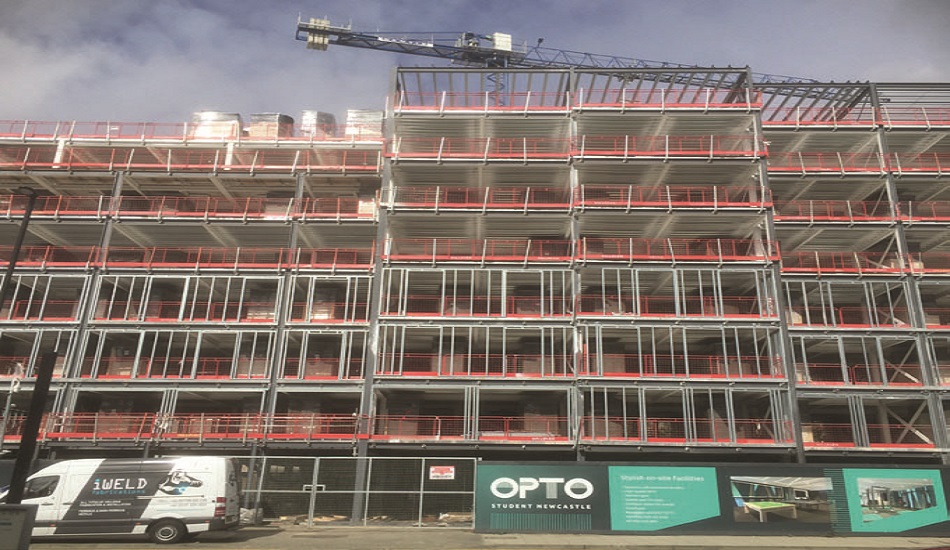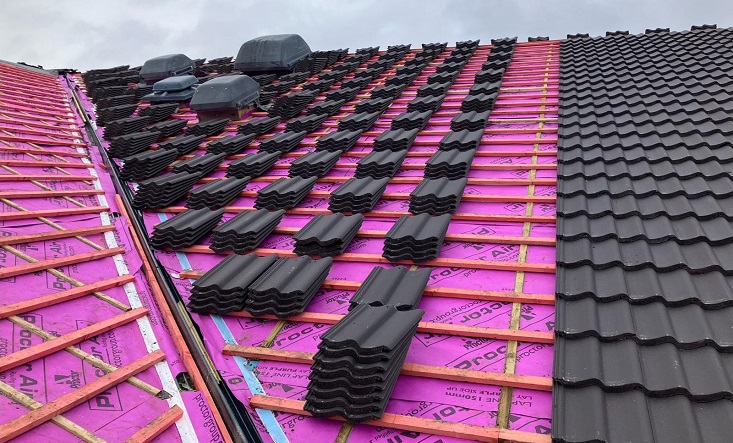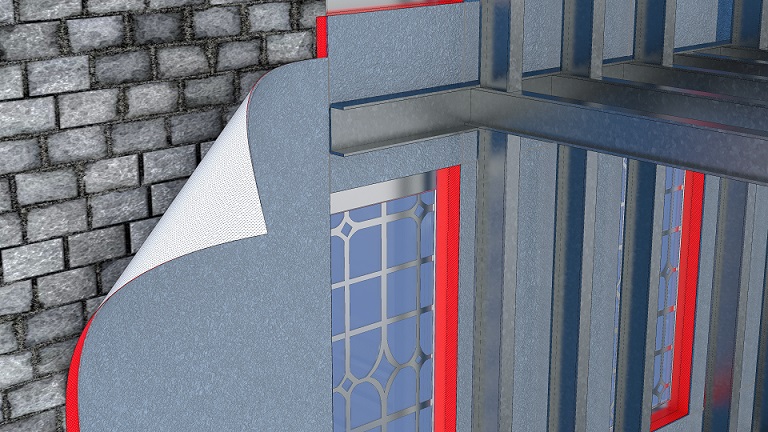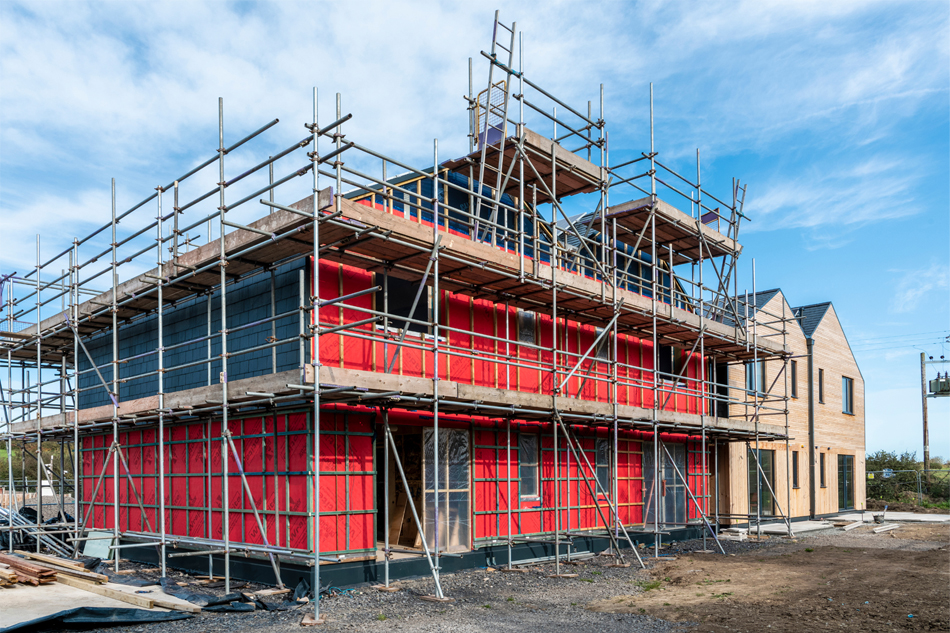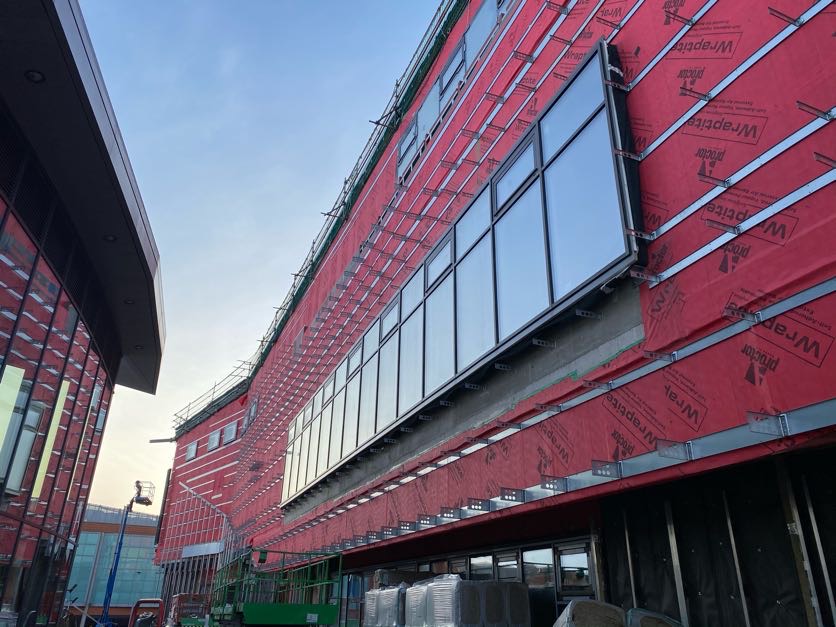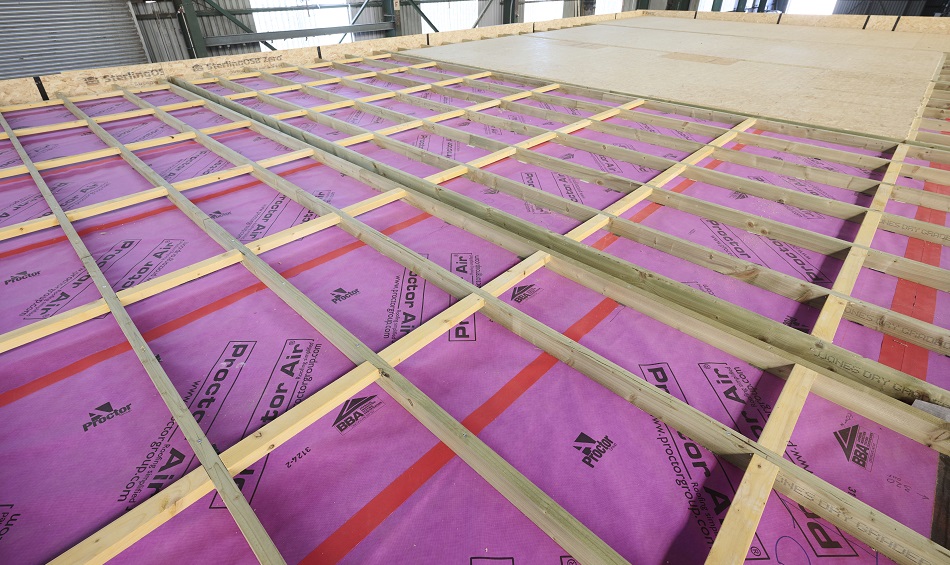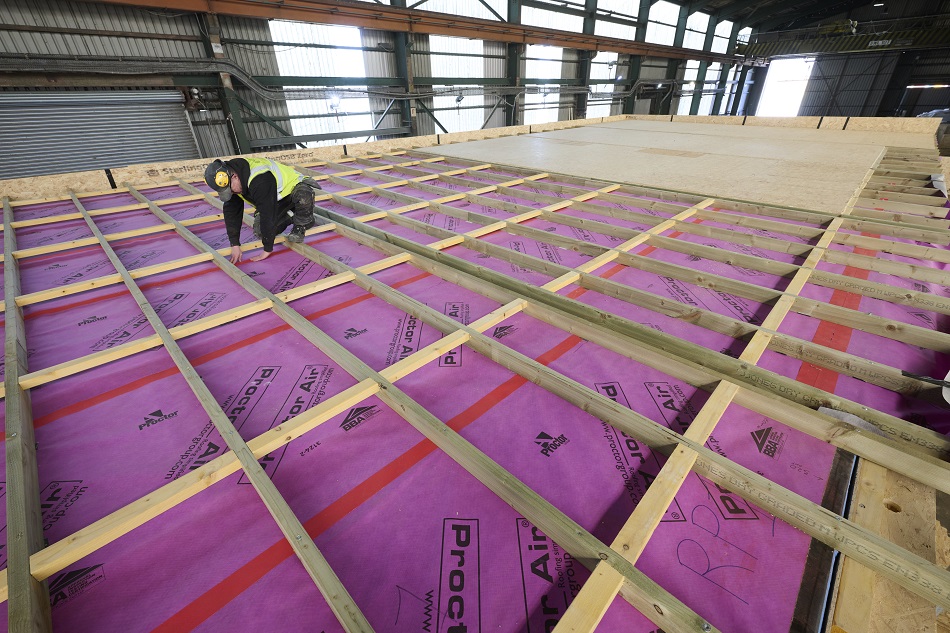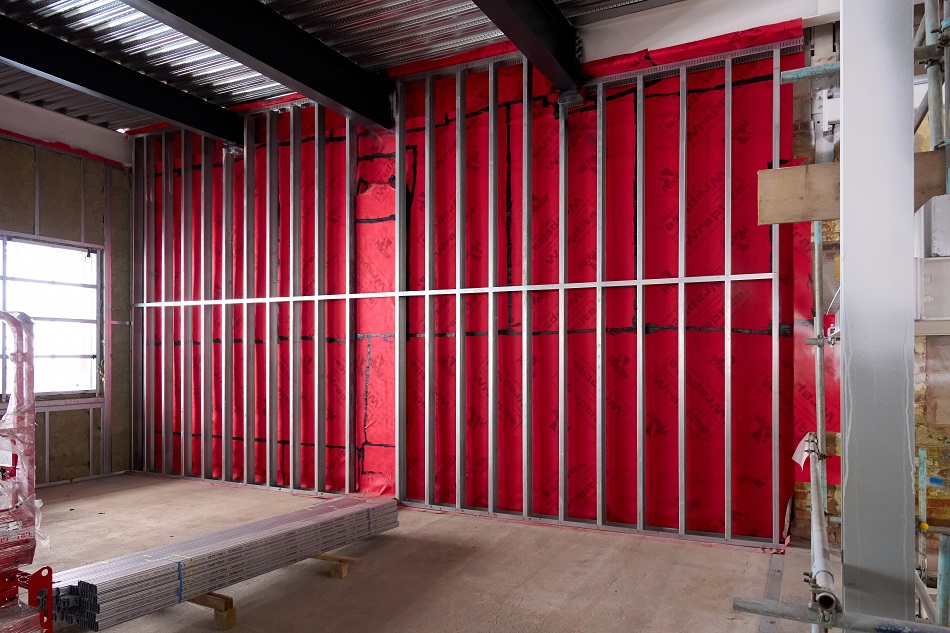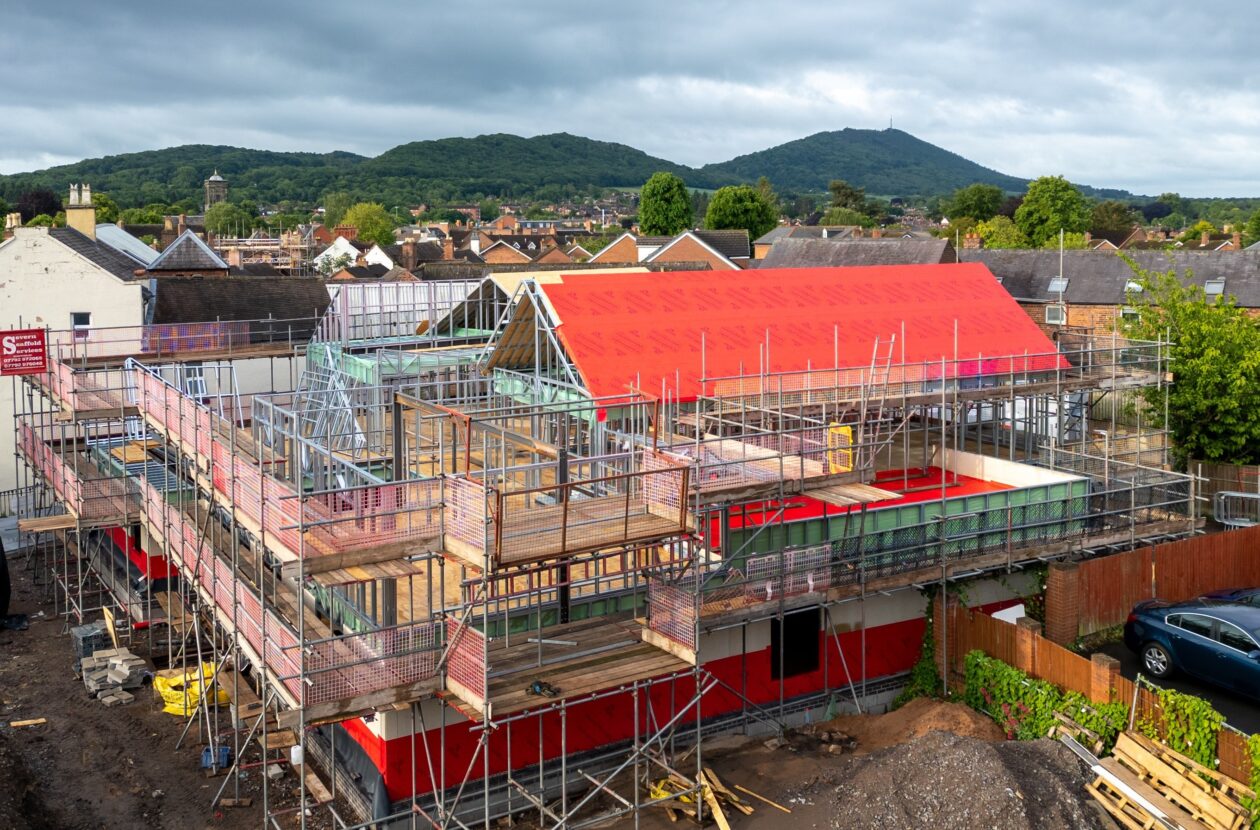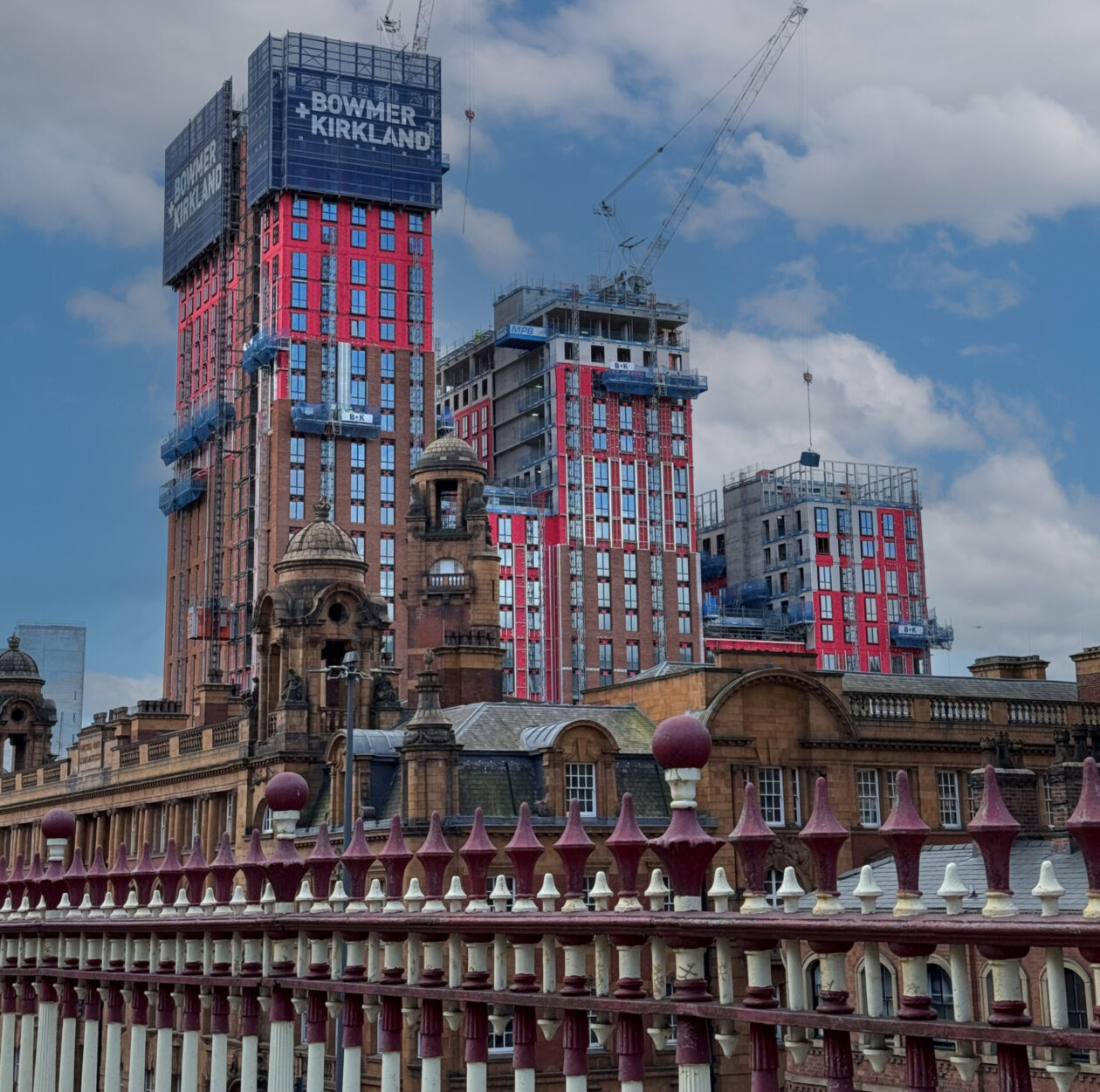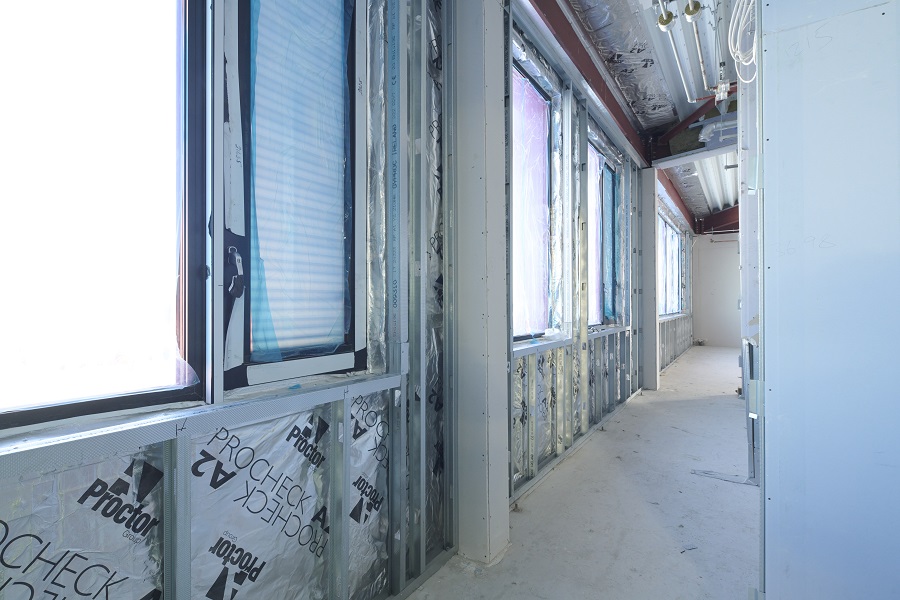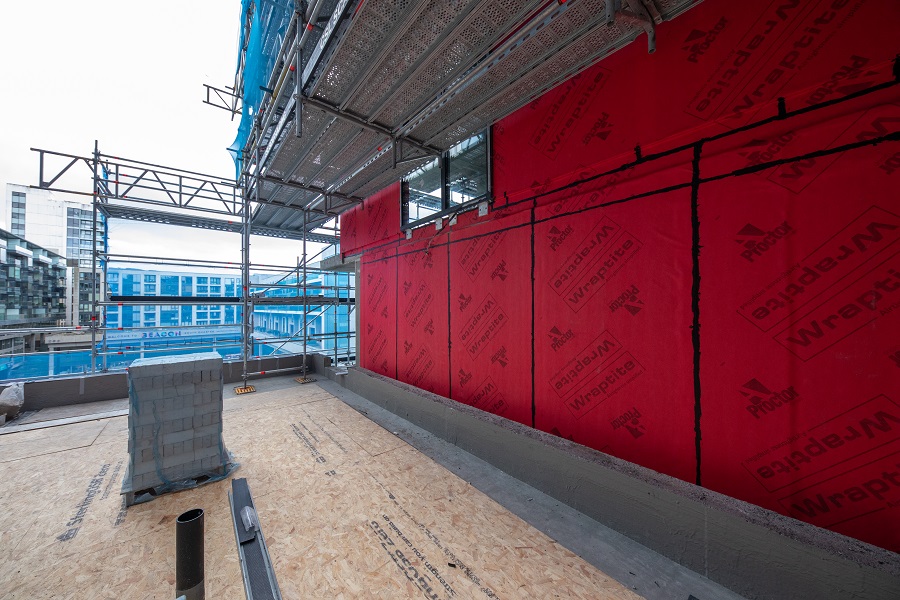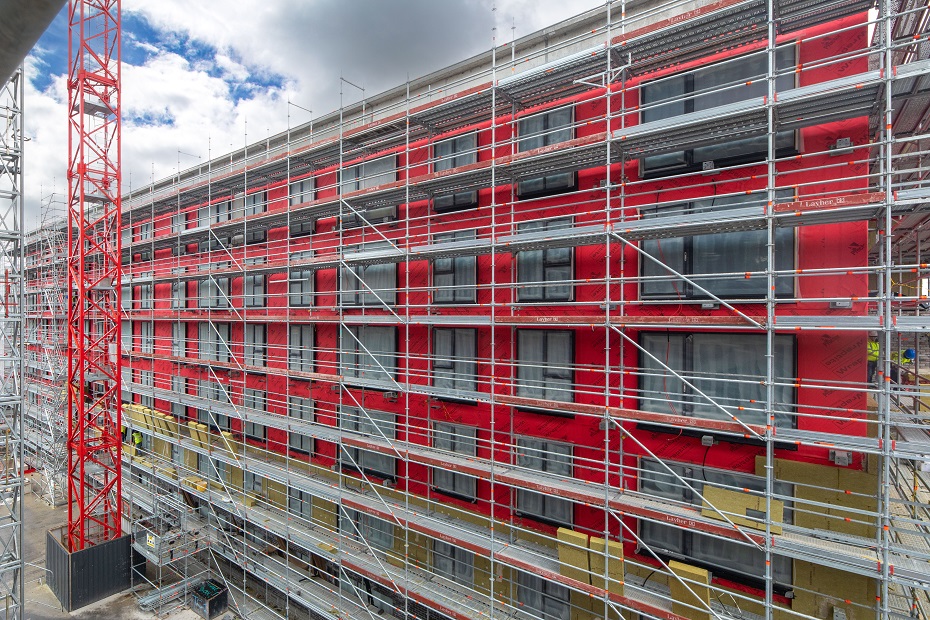Wraptite® airtightness membrane has been successfully installed on an impressive new luxury high-rise student accommodation project in Newcastle Upon Tyne.
The project consists of a total of 207 studio apartments for students situated on City Road overlooking the River Tyne and Quayside, and within 15 minutes’ walk of the Newcastle and Northumbria universities. The new apartments are part of an initiative by developer Opto Property Group, KDP Architects and City Road Student Hall Company.
Main contractor Opto Property Group and sub-contractor Halcyon Cladding & Roofing required a Class B fire rated air tightness membrane, which was able to comply with the requirements for buildings over 18m as specified within Approved Document B: Fire Safety November 2018 and as stipulated by the NHBC.







